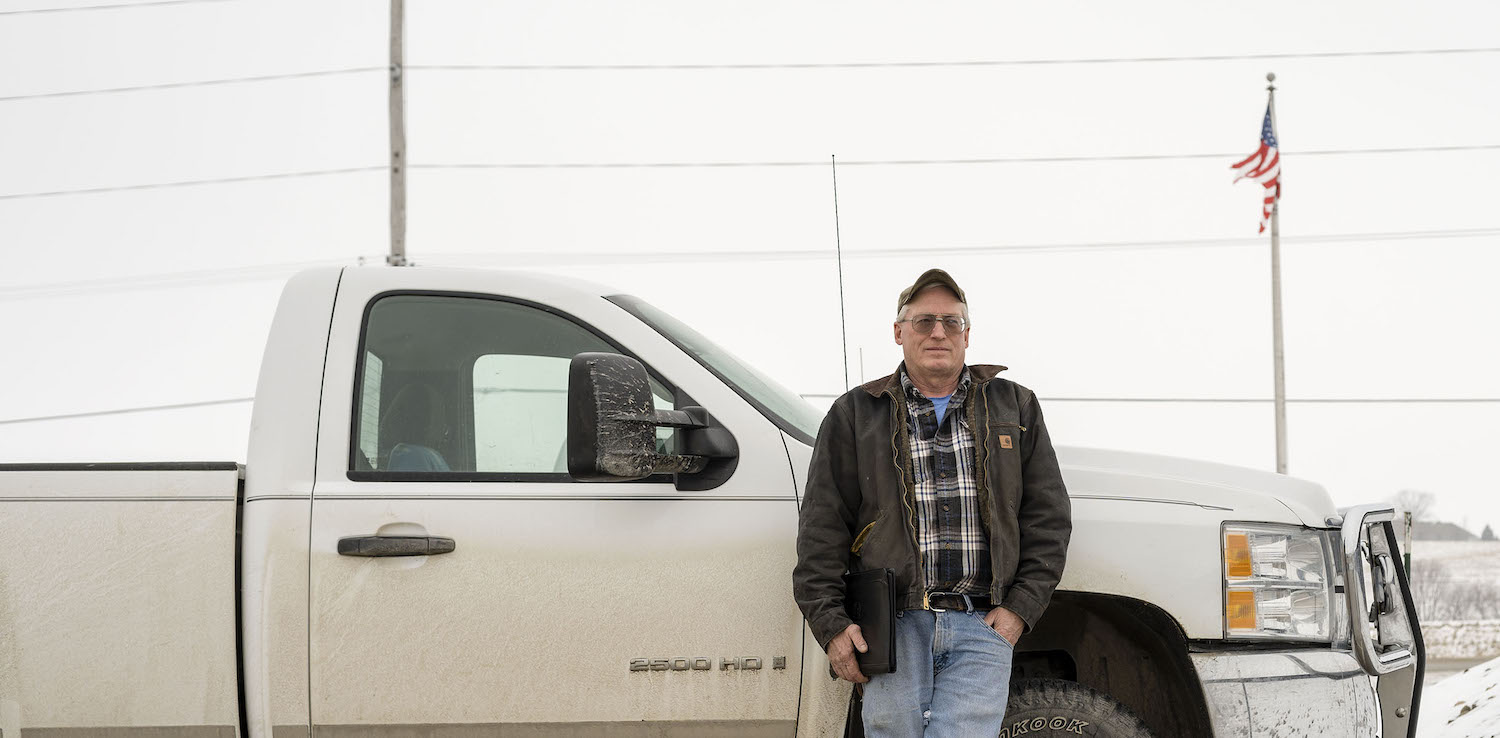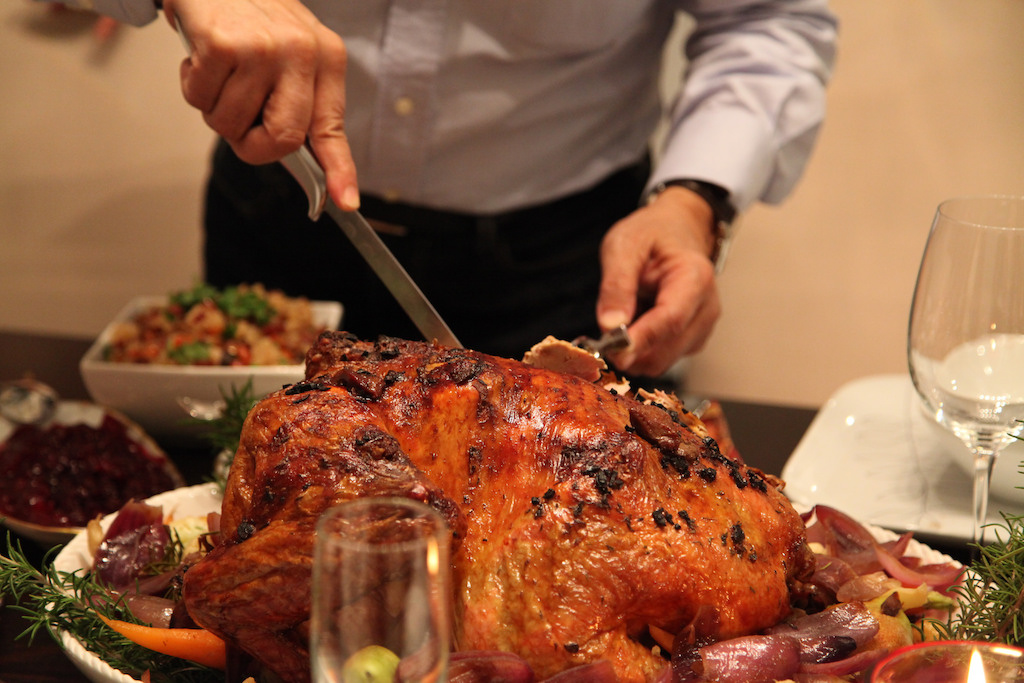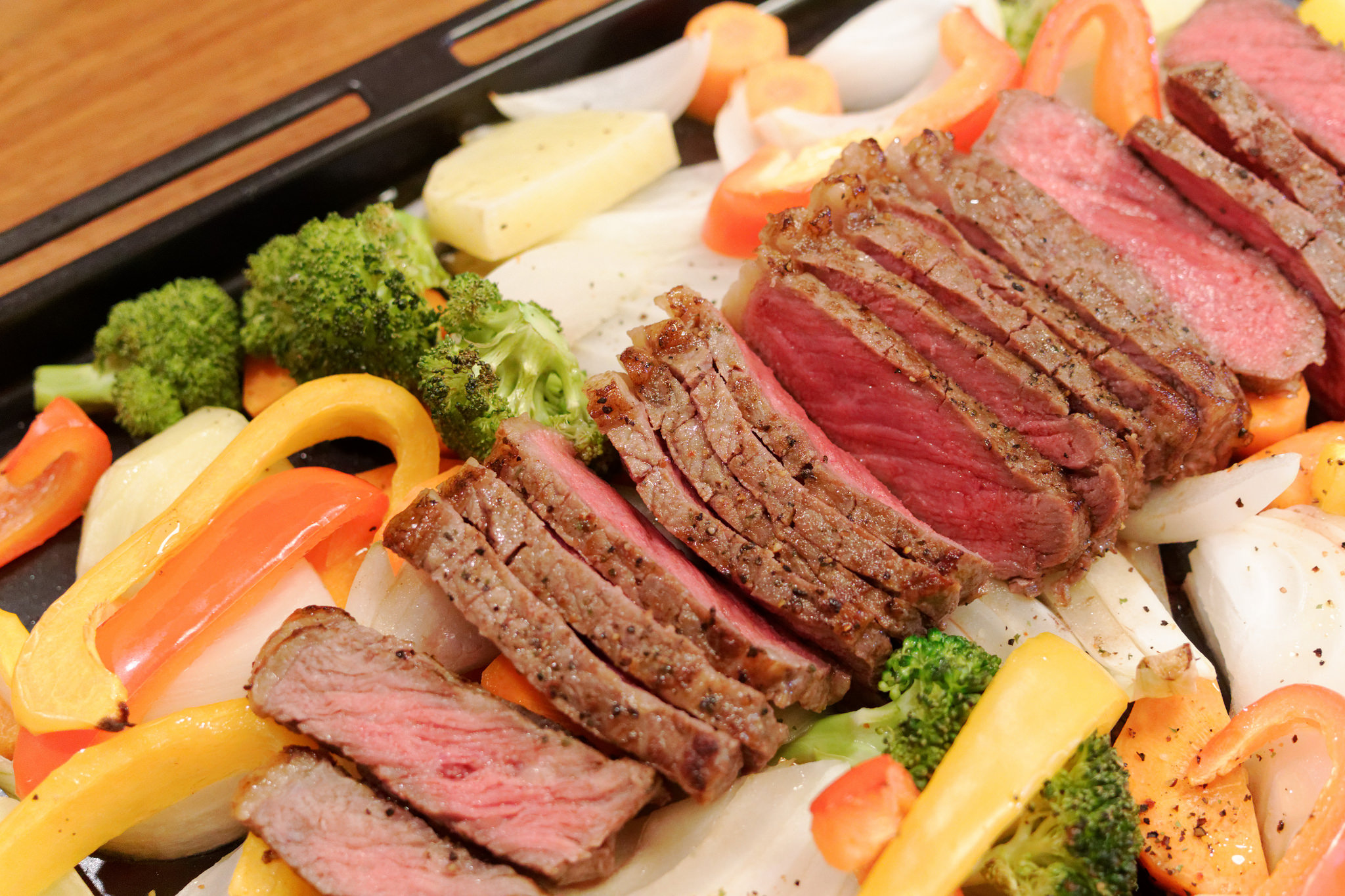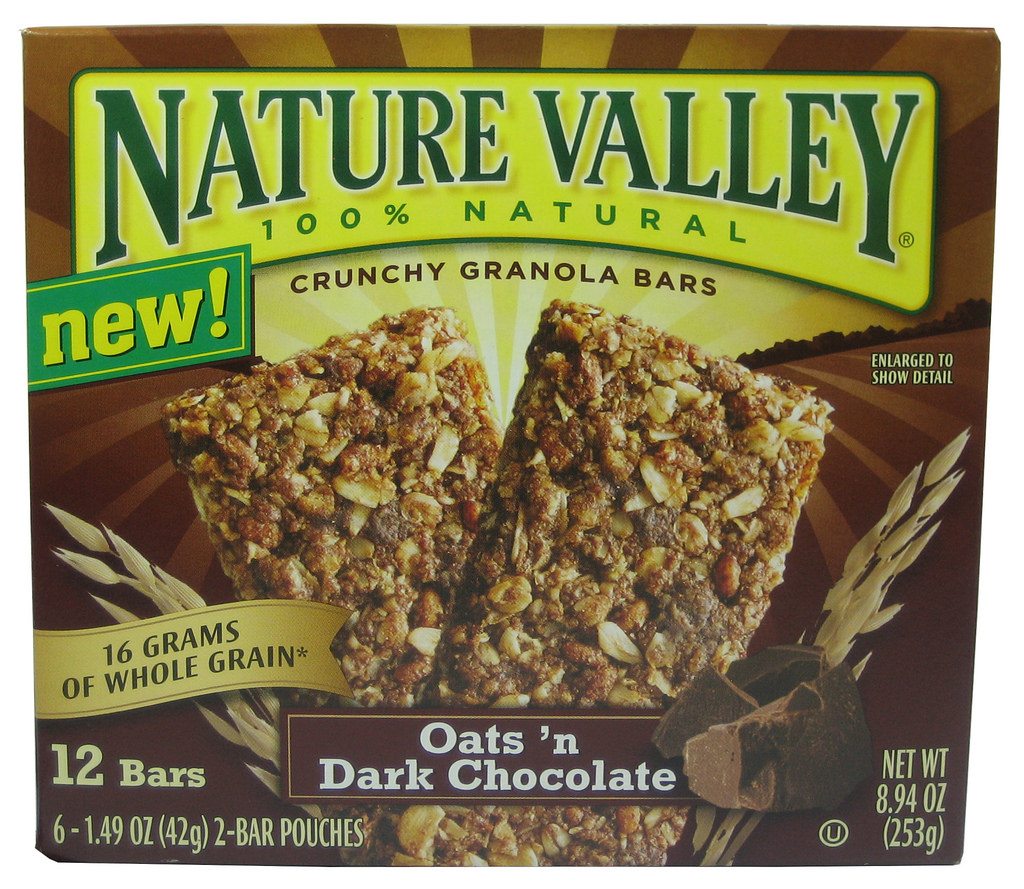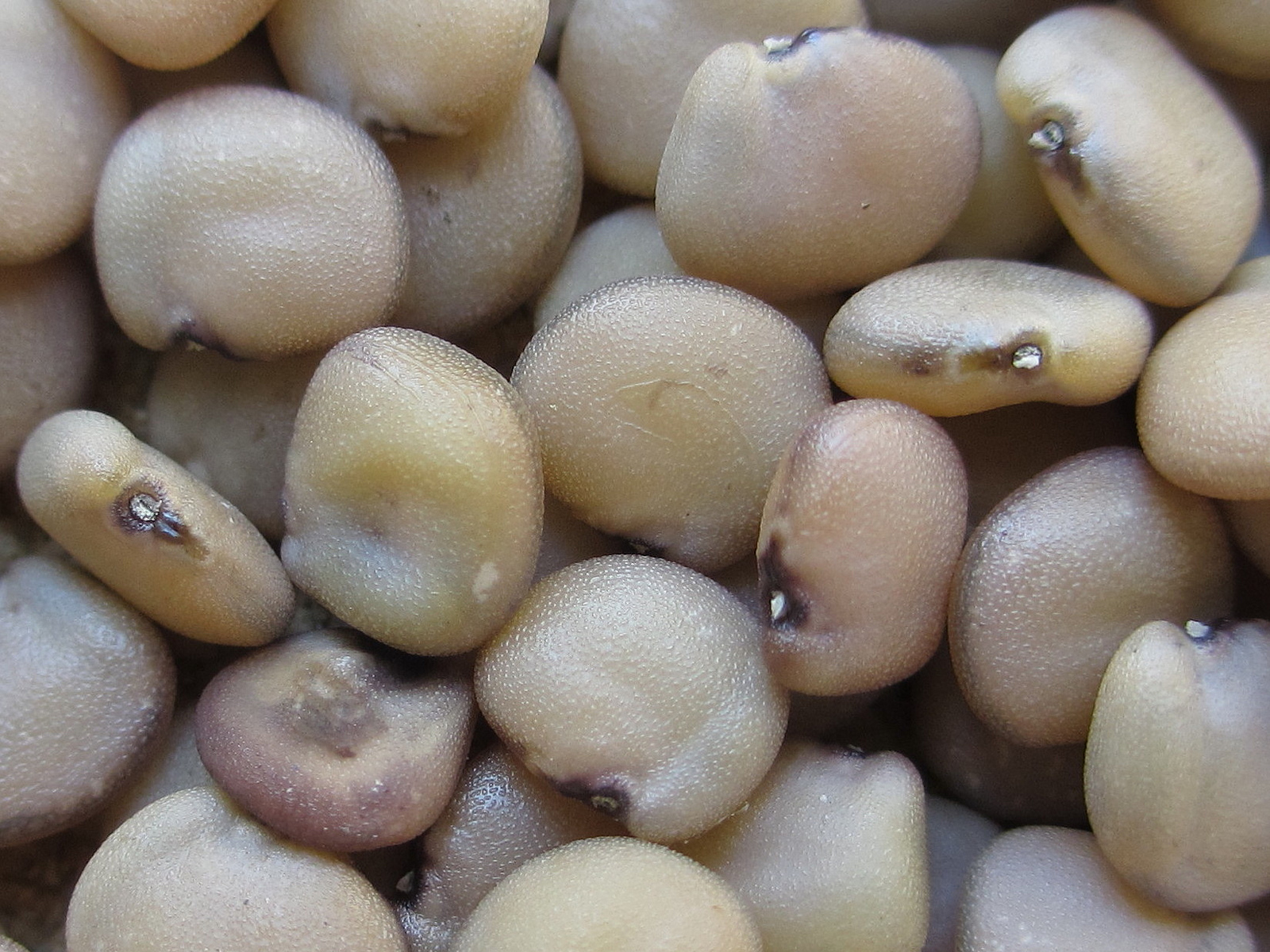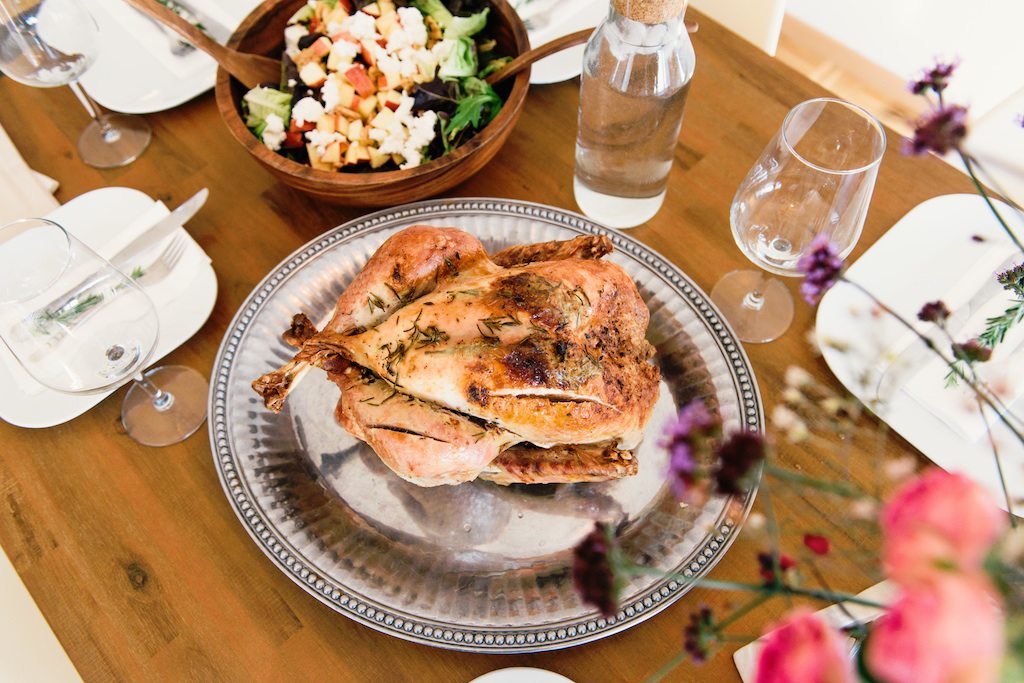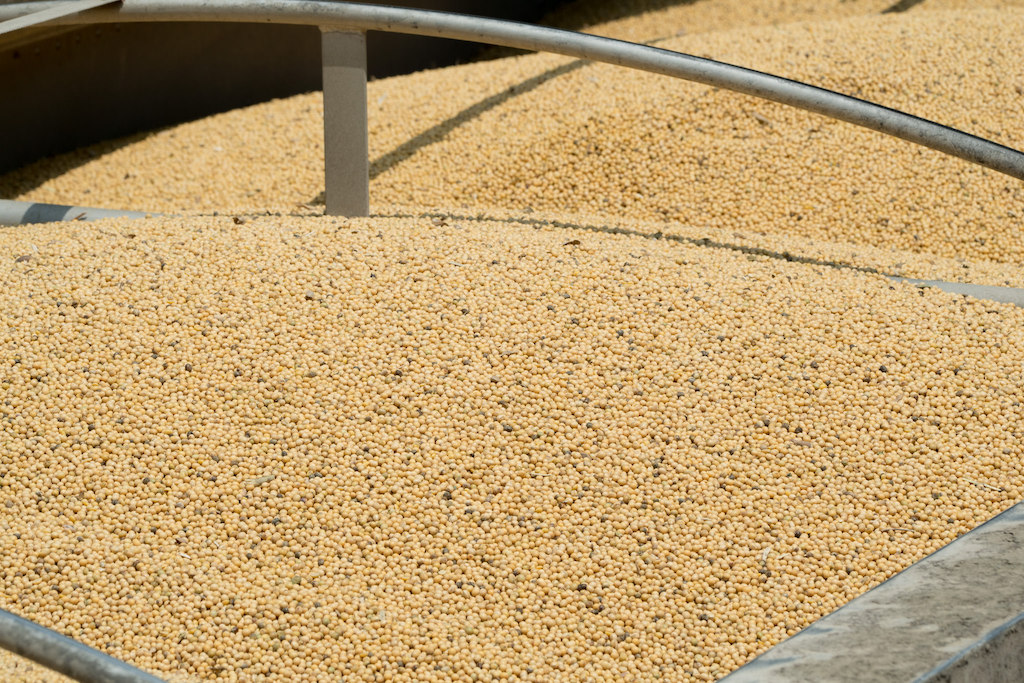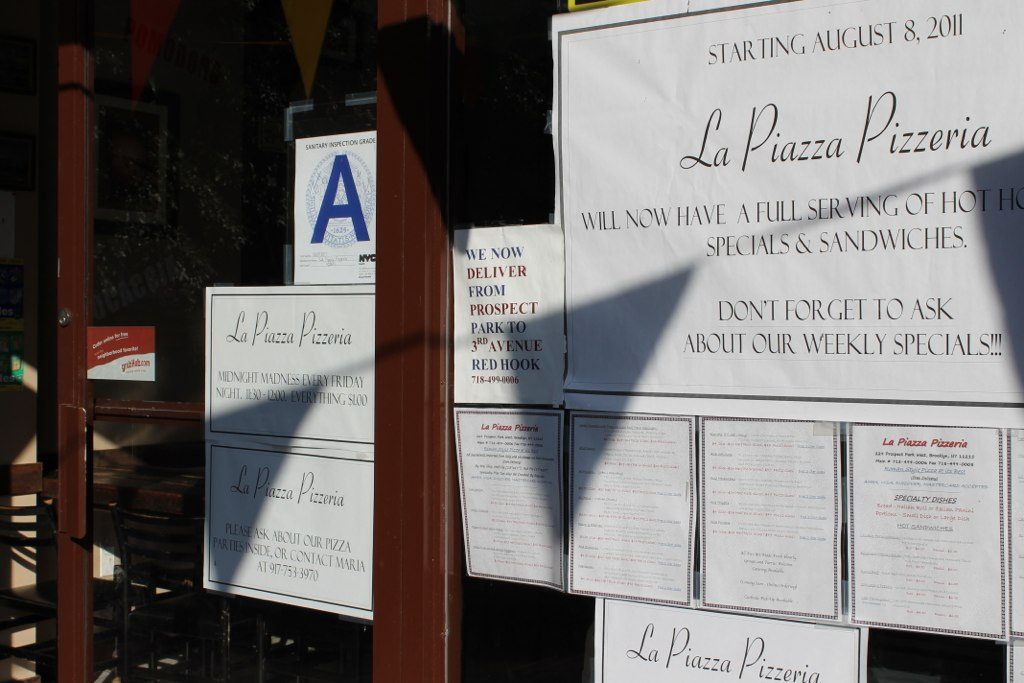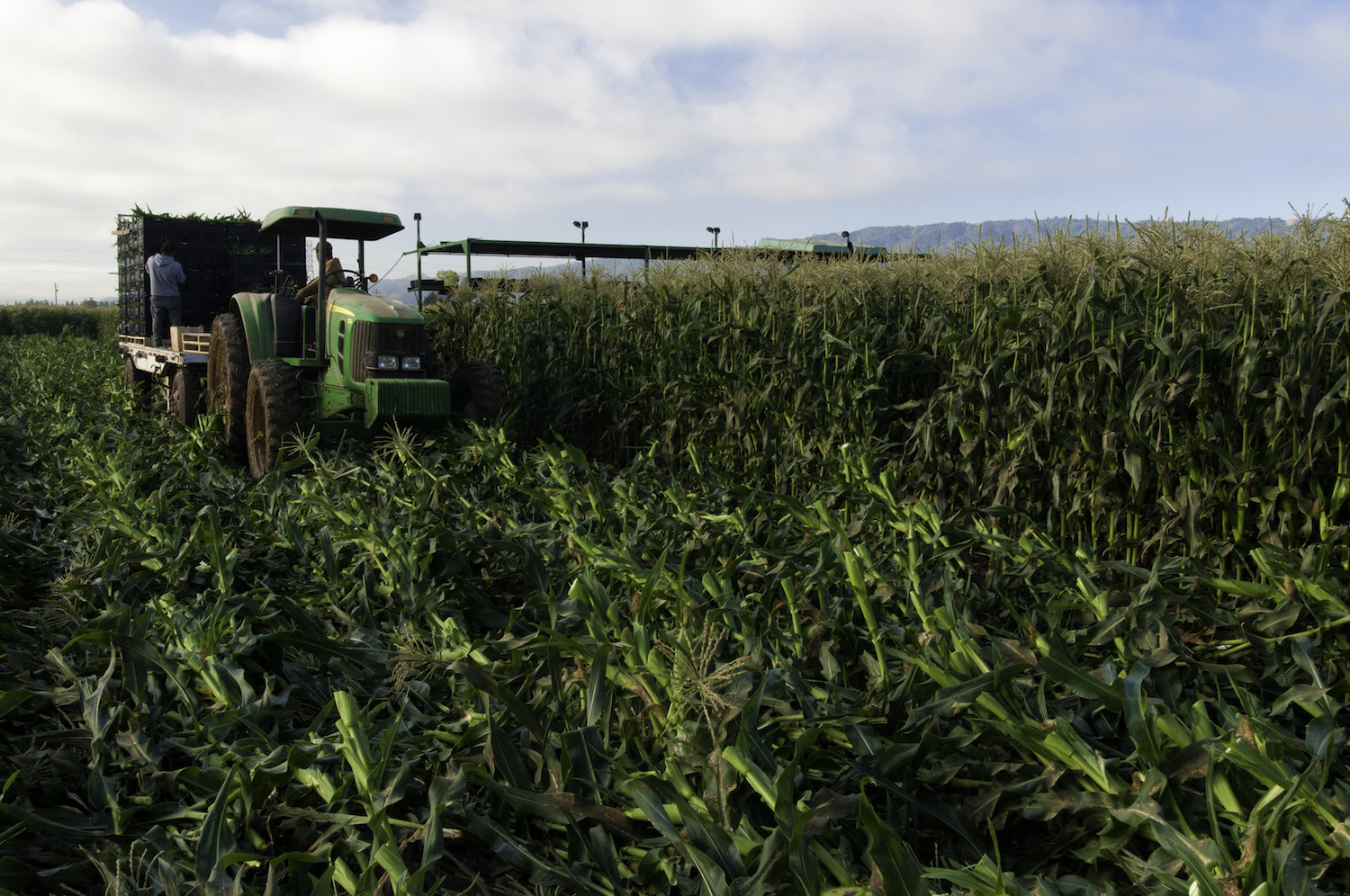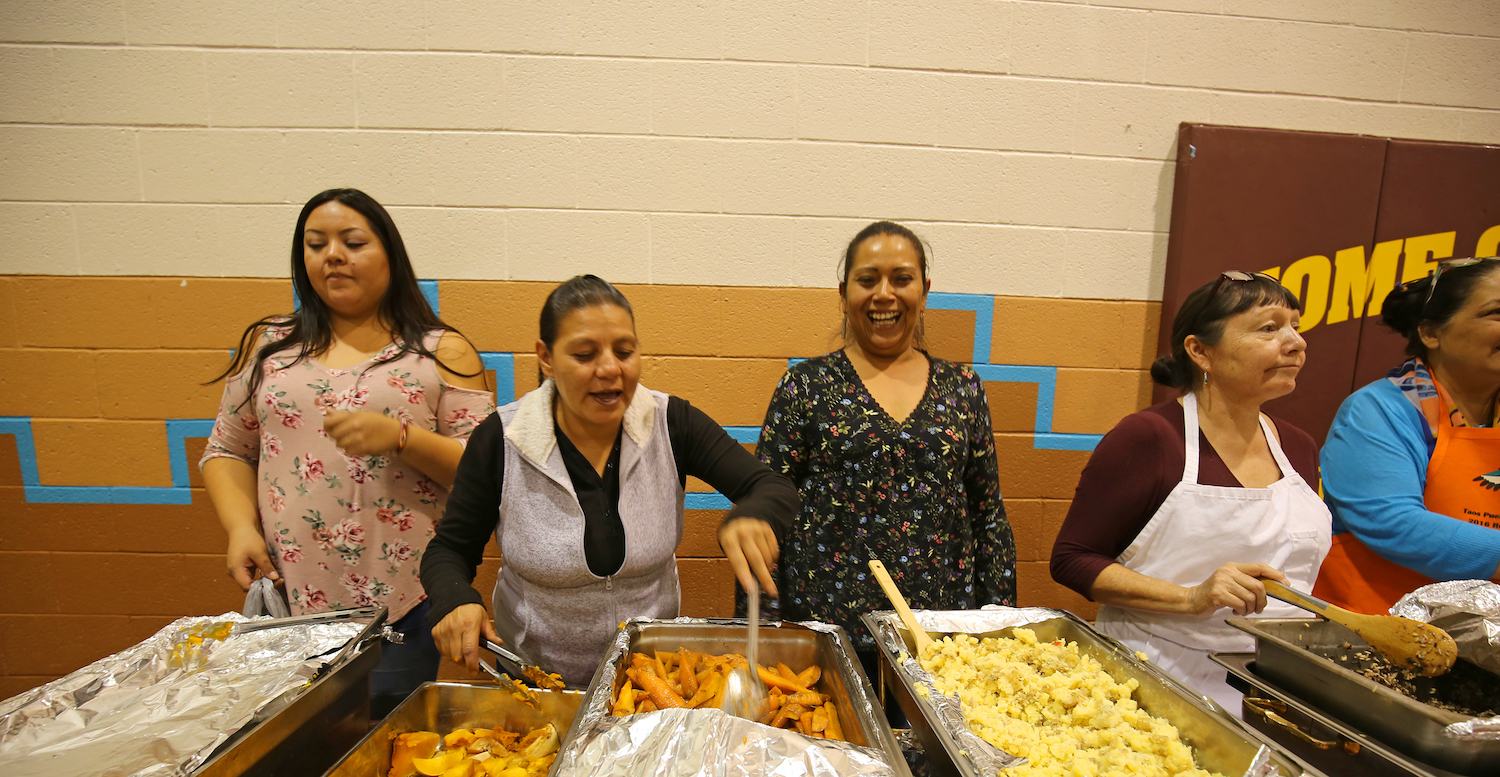
Andi Murphy
On Thursday, Andi Murphy will get together with family and eat what she describes as “the usual Thanksgiving fare—dry turkey, gravy, mashed potatoes, yams from the can, and fresh bread rolls and pumpkin pie from my mom—while sitting in an uncomfortable folding chair, in a house that’s way too small to fit multiple generations of my family.” The holiday is one that brings her scattered family together for hours of laughter and “scrolling through our phones to show each other photos from a cool road trip or images of our pets.” But what she cherishes most is the connection she feels through food and family.
Murphy is the host and producer of Toasted Sister, a podcast about indigenous food. She is one of roughly 6.7 million indigenous Americans whose ancestors were the nation’s first hunters, foragers, and farmers—people without whom our Thanksgiving feast would not exist. Yet, they have a very different relationship with the Thanksgiving story most American children are taught: “I don’t remember being told the Pilgrims and Indians story [much] when I was young. They made their way into our arts and crafts projects, but the cartoonish, buckskin-clad Indians with the feathers on their heads weren’t me. I never connected to them—they were as foreign to me as the Pilgrims were,” says Murphy.
 Andi Murphy
Andi Murphy “It’s the reason we live,” says Andi Murphy on the relationship between indigenous communities and their food. “Each ingredient, whether it’s foraged or farmed, is precious.”
Darius Coombs, director of Wampanoag & Algonkian Interpretive Training, Research & Community Engagement at Plimoth Plantation, a museum dedicated to sharing the history of Plymouth, Massachusetts, says this narrative is more fiction than fact: Only 51 of the 102 colonists who set sail from England actually survived that first winter—and the meal was probably comprised of some type of poultry, shellfish, corn porridge, and bread made from acorn meal.
“The 1621 harvest feast that we now call Thanksgiving,” Coombs says, “was more likely a three-day event of diplomacy between the colonists and the Massasoit people of Pokanoket, one of roughly 70 Wampanoag communities located around what we now know as Massachusetts and Rhode Island.” A letter from settler Edward Winslow written to an unnamed friend on December 11, 1621, confirms: “We have found the Indians very faithful in their covenant of peace with us; very loving.”
 Andi Murphy
Andi Murphy “Thanksgiving is a time to give thanks—more than we usually do. To give thanks that Natives are still here; that is, we are still alive,” says Devon Mihesuah, University of Kansas professor and host of Week of Indigenous Eating each Thanksgiving
“That production and sharing of food definitely provided social cohesion and identity,” says Devon Mihesuah, the Cora Lee Beers Price Teaching Professor in International Cultural Understanding at the University of Kansas. But while Thanksgiving is typically portrayed as an event of communion, Mihesuah reminds us that this narrative glosses over the history of the nearly 600 federally recognized tribes and nations currently living within the United States—and the fact that Thanksgiving was, in essence, the moment when the colonization of the continent began: “Within 50 years of that ‘feast,’ thousands of Natives were killed by colonists, their lands taken, their cultures diminished. My dad said to be thankful for what we have, for the food on the table, our health, home, and friends. But, for me, Pilgrims have nothing to do with it; I see no connection at all to the colonists who came and plundered tribal lands.”
What Mihesua does see is how foods have been used by indigenous Americans not only as nourishment for the body, but culture. “They are inexorably tied together. Food has crucial symbolic connotations, linking to prosperity, status, luck, and fertility.”
 Devon Mihesuah
Devon Mihesuah Devon Mihesuah is the Cora Lee Beers Price Teaching Professor in International Cultural Understanding at the University of Kansas. Every Thanksgiving, she hosts a Week of Indigenous Eating to challenge Native Americans to learn about “pre-contact” foods
Murphy explains, “We have a mutual relationship with our food. Look at our tribal flags and symbols, and you’ll see salmon, corn, strawberries, sheep, and pine cones; some tribes connect songs and ceremony to the salmon, buffalo, wild rice, corn, beans, cactus fruits. And food appears in our origin stories. It’s the reason we exist—or were born. It’s the reason we live. Each ingredient, whether it’s foraged or farmed, is precious.”
But this historical memory has eroded. Today, Mihesuah says, “many Natives have no idea what their ancestors ate.” The historian and enrolled member of the Choctaw Nation also manages the University of Kansas’ American Indian Health and Diet Project (AIHDP). The goal is to reconnect the community to traditional foods and show “how much of a bounty Native America had prior to colonialism: nutritious foods, game animals, clean water and air, and a natural world that everyone respected.” The effort (as described on the AIHDP website) also “bring[s] to light the health problems faced by indigenous peoples, to understand how we came to our unhealthy situations and what we can do about them.”
 Devon Mihesuah
Devon Mihesuah Thanksgiving was, in essence, the moment when the colonization of the continent began
Each year, Mihesuah hosts a Week of Indigenous Eating during Thanksgiving on Facebook. The goal, she says, is to challenge Native Americans to learn about “their traditional, pre-contact foods” and to eat only those foods for a week. Now in its eighth year, the effort is a way to reclaim not only foods but knowledge around cooking and cultivation—challenges, Mihesuah says, that were sown during colonization: “Poverty and environmental degradation [of land], in addition to the loss of knowledge of how to save seeds, plant, cultivate, and harvest according to the seasons and ceremonial prescriptions—and the adoption of processed foods—are ongoing results of colonization. They have caused tribespeople to develop unprecedented health problems.”
To put this legacy of illness into perspective: Of all racial groups, indigenous Americans have the highest rates of diabetes and are twice as likely to contract a range of metabolic diseases as white Americans. They are also 50 percent more likely to be obese than non-Hispanic white Americans. And the flip side of that same challenge is malnourishment: According to a 2015 study by the anti-hunger nonprofit Feeding America, Native communities face consistently higher rates of food insecurity and hunger than the general U.S. population. One in four Native Americans is food insecure, and, on the whole, they are are twice as likely as whites to be food insecure. In fact, one 2017 publication by the nonprofit Partnership with Native Americans details that Native American households are “400 percent more likely than other U.S. households to report not having enough to eat, largely as a result of living in remote, isolated locations where food supplies and jobs are scarce.”
Frybread was developed after the U.S. government confined indigenous Americans to reservations and gave them only flour, sugar, and oil
Increasingly reliant on processed foods, both under- and overweight members of indigenous communities suffer from micronutrient deficiencies—a reduction in the trace amounts of vitamins and minerals we need for healthy metabolism and physical and mental development. Take frybread, the combination of flour, shortening or lard, sugar, and salt that’s become a culinary staple at pow wows and county fairs. While the exact origin of the so-called native food is contested, it is largely believed that consumption of the plate-sized discs of greasy wheat increased toward the later part of the 1800s, when the United States military forced 8,500 Navajo/Diné and 500 Mescalero Apache/N’de living in Arizona to make a 400-mile walk to New Mexico, and confined them on a reservation known as Bosque Redondo, separating them from lands where they hunted, cultivated, and prepared traditional, healthier foods. “To prevent the indigenous populations from starving,” Jen Miller explained in Smithsonian magazine, “the government gave them … white flour, processed sugar and lard—the makings of frybread.”
While some Navajos and other tribes celebrate frybread as a symbol of their survival of that time, Mihesuah wrote in the Journal of the Native American and Indigenous Studies Association (NAIS), frybread is a reflection of trauma that persists to this day, manifested through poor diets and mental health and substance abuse challenges.
“It was a good war tactic to take our food away from us and burn it to the ground,” Murphy adds. “Native food means so much to us that we’re sick without it—and we’re weak without it. With all the health disparities plaguing our communities, we’re sick without our native foods.”
“Thanksgiving,” Mihesuah says, “is a time to give thanks—more than we usually do. To give thanks that Natives are still here; that is, we are still alive.”


